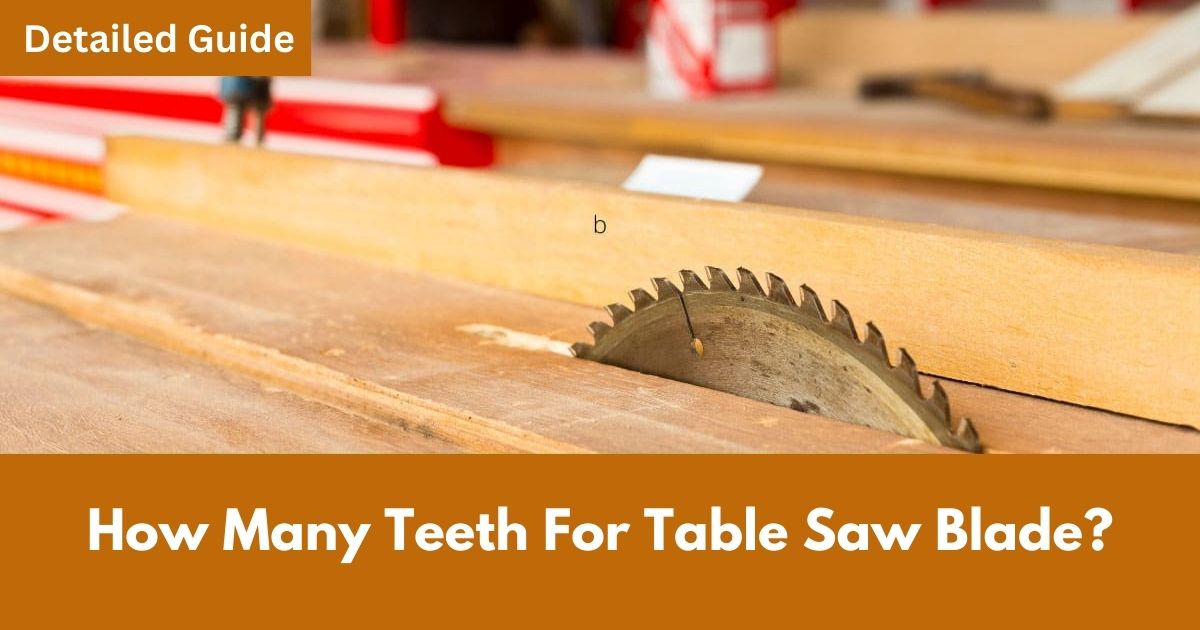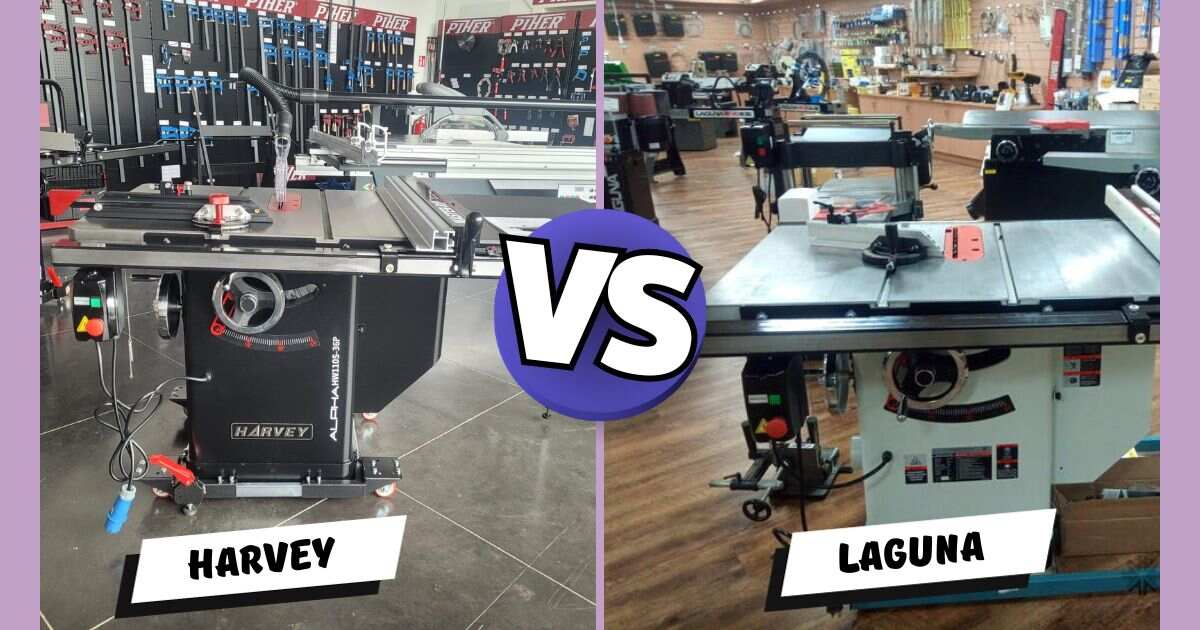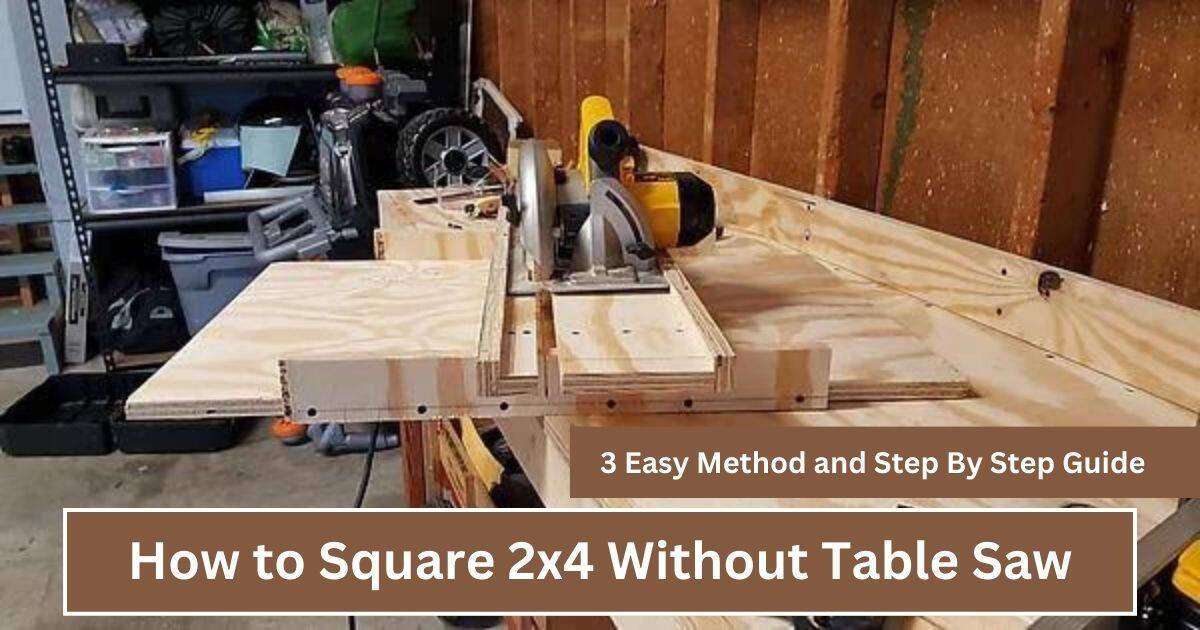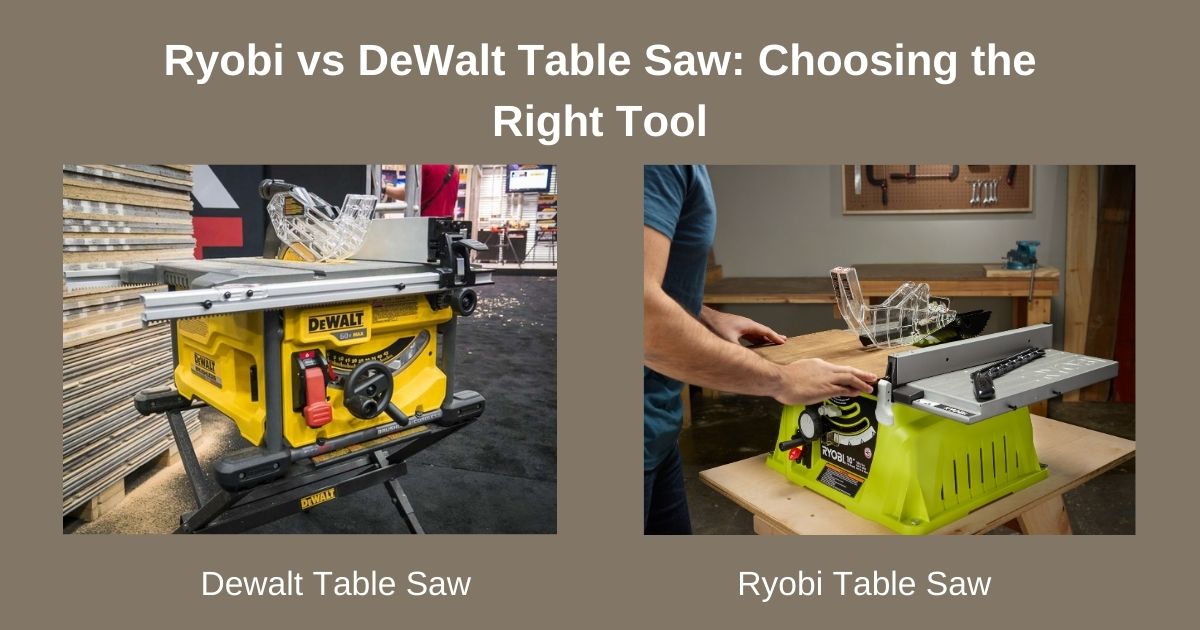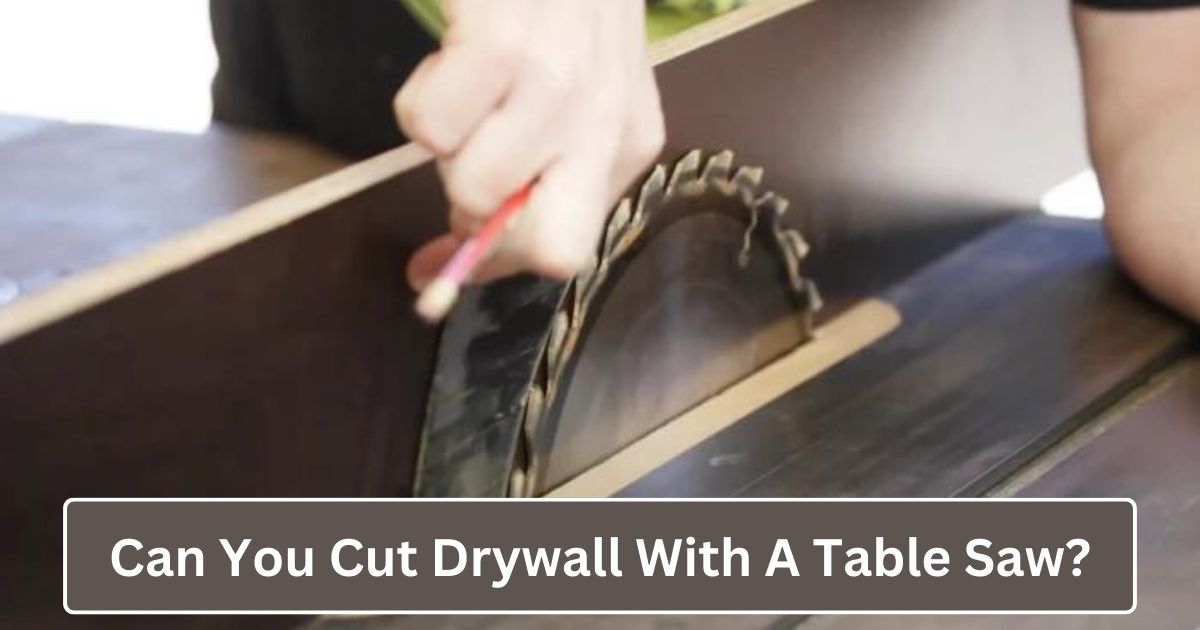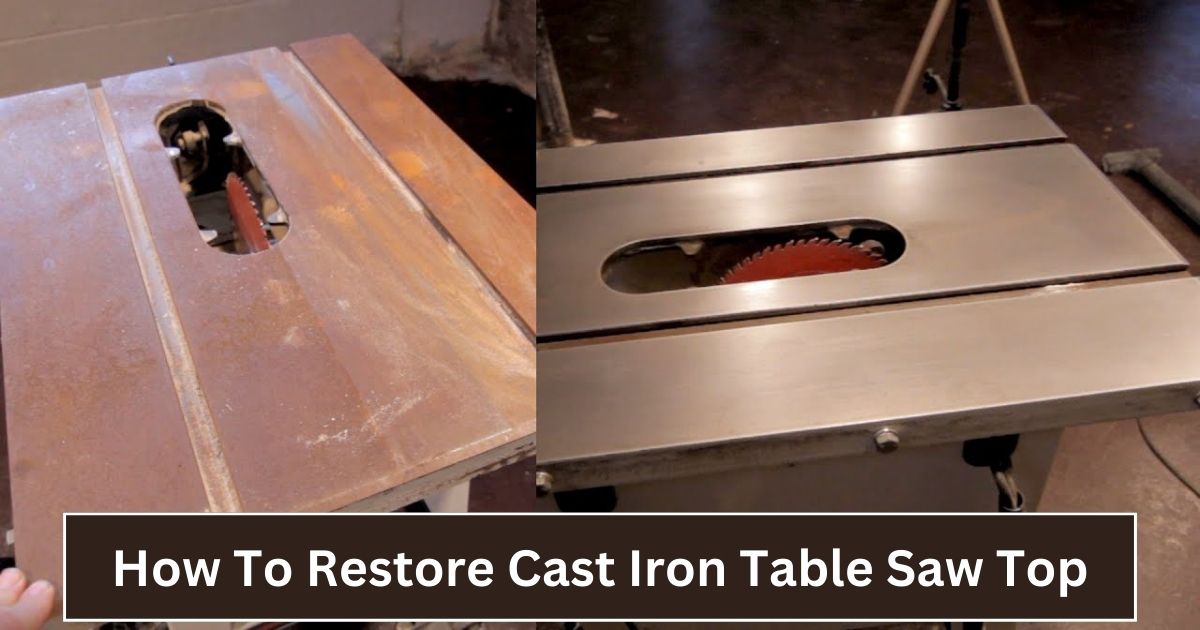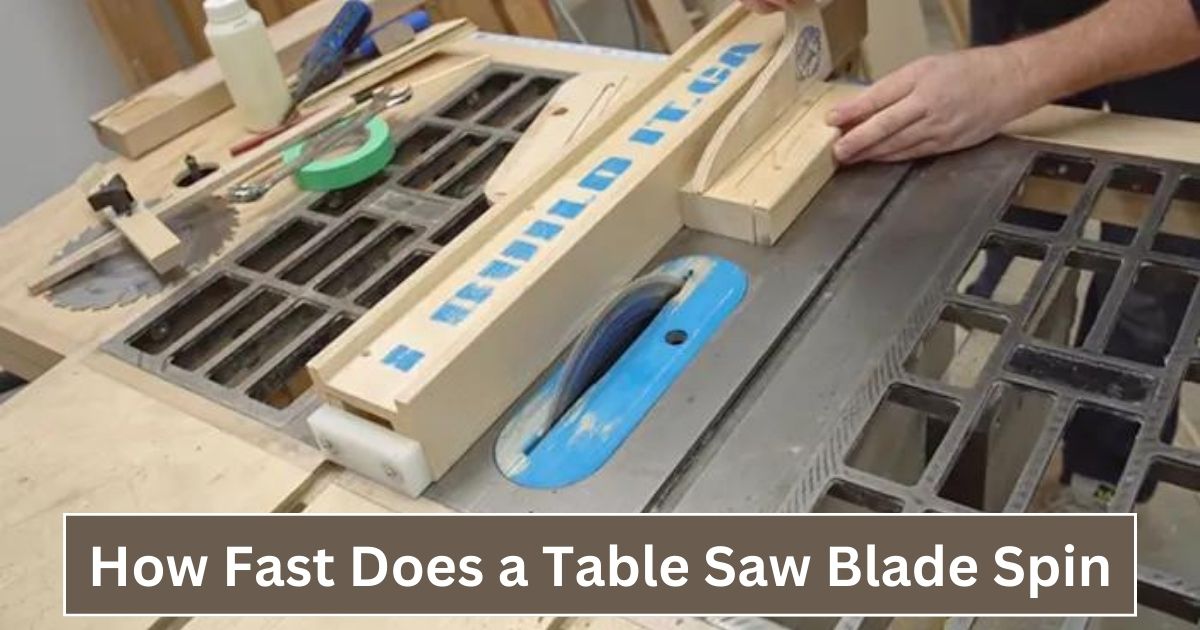There is a question that we are sure a lot of people have probably wondered at some point, especially when it comes to picking up a new blade for the table saw. The question is just how many teeth for table saw blade?
In general, a table saw blade should have 20 to 40 teeth for rip cuts, 40 to 60 teeth for general purposes (rip cuts and cross cuts), and 60 – 80 teeth for cross-cutting. The lower tooth count for pulling boards allows for proper chip removal, while a higher tooth count for cross-cutting boards helps prevent tear-out.
The number of teeth you need for your table saw blade will vary based on the type of work you are doing. Keep reading as we look deeper into how to choose the right blade for you.
How Many Teeth Should a Saw Have Cut Wood?
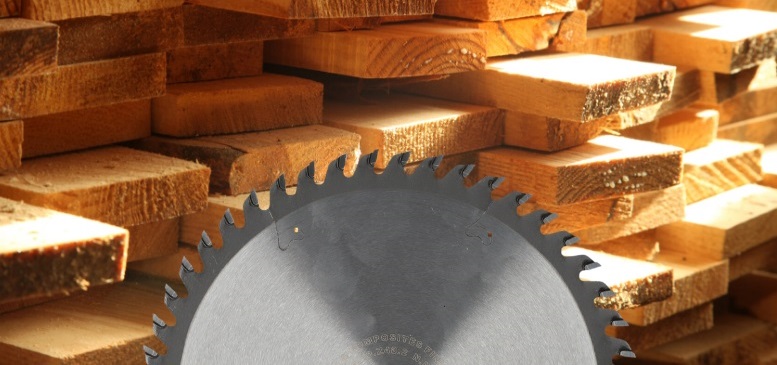
The number of teeth you need on your table saw blade to cut wood depends on what kind of cut you are making and what kind of wood you are cutting. There are, however, some general rules you can follow when picking a table saw blade.
If you want to rip a board or cut along the grain of a board, you should use a blade with 40 teeth or less.
This is because when you cut with the grain, the chips are longer and you need more room between your teeth to get rid of the chips and keep your teeth from getting too hot. This extra space is called a “gullet,” and you can find out more about it in the next part.
When crosscutting, you need more teeth because cutting will be more violent with fewer teeth, which can cause the wood to tear out. In general, the better the cut will be, the more teeth your blade has.
A combination blade with 40 to 60 teeth will work if you want a blade that can both cross-cut and rip. But the cuts won’t be as clean as when you use a special blade.
A combination blade isn’t great at either cross-cutting or ripping, but it can do both of them well enough. If you could only have one blade, this is the one you should buy.
Are Additional Teeth on a Table Saw Blade Preferable?
Is it better to have more teeth on a table saw? This is a regular mistake, but we can see how it could happen. If you had more teeth to cut, it would make sense that it would work better. This is only partly true, though.
When you cut with the grain of wood, the chips are longer by nature than when you cut against the grain. With longer chips, there needs to be a way to get them off the blade before the next tooth makes another chip.
If the wood chips don’t get out of the way well, there will be a buildup of material and heat. This is bad for both your blade and the skateboard. It can make the wood burn on the outside, which is something most people try to avoid.
Now that we’ve talked about why it doesn’t always hold true, we can talk about when it does. When you cross-cut a board, you go against the way the wood naturally grows. You will make chips that are much smaller than when you rip a board, and they will also tend to tear out. Not well.
How can this be fixed? More chompers. When there are more teeth, there will be less space between them. This means that each tooth will only take a small piece of wood each time it goes over the wood. This can leave you with a nice, smooth surface and a lot less tear-out.
What are Some Other Things to Think About When Picking a Blade for your Table Saw?

You should now have a good idea of how many teeth you need in a table saw blade and why you need them. Now, there are a few more things to look out for when picking a table saw blade. What else should you look at when picking a blade besides the number of teeth?
When picking a table saw blade, you should also think about the gullets and the shape of the teeth, in addition to the number of teeth. These will affect how well the chips clear the blade and how aggressively the material is removed.
The Gullet:
The gullet is the bent part at the bottom of the space between the teeth on a saw blade. When a blade cuts through a board, the wood that is taken needs to go somewhere so that the next tooth can do its job. The gullet comes into play here.
When you cut with the grain of wood, the chips are much longer than when you cut across the grain, so you need more room to get rid of them. This is why it’s important to have a big gullet and fewer teeth when ripping a board.
This will give the bigger chips plenty of room to move. If they don’t have room to move, they can build up, which can cause the wood to get too hot and burn.
When you cross-cut a board, the chips are much smaller than when you rip a board. Because of this, the board can be cut regularly with a much smaller gullet and a higher number of teeth.
The Shape of Teeth:
The shape of the teeth is something else to look for when picking a blade. This can mean a few different things, but we’ll talk about how teeth are made. Flat top grind (FTG), Alternate Top Bevel (ATB), Combination (ATBR), and Triple Chip Grind (TCG) are the four main tooth types.
Flat Top Grind (FTG):
The top cutting area of FTG teeth is flat, which makes them good for ripping boards. They will make cutting a board faster and less messy than other options.
Alternate Top Bevel (ATB):
The teeth on an ATB tool have cutting points that are at different angles. This pattern of teeth can work well for making clean cross-cuts.
Combination (ATBR):
ATBR teeth are a mix of FTG and ATB teeth. So, it’s called a “combination blade.”
Triple Chip Grind (TCG):
The teeth on a TCG blade have a flat top and then a flat top with the corners taken off. This pattern is repeated all the way through the blade. These can be useful for things like plywood panels, MDF, and melamine.
General Purpose Blade:
A general-purpose blade has ATB teeth, so it works well for cross-cuts, but it has fewer teeth than a specialized FTG blade. This means that the same blade can be used to rip a board and still do a good job. If you could only get one high-quality blade, this is the one you should get.
How Many Teeth Does a Saw Blades Have?

The type and length of a saw determine how many teeth it has. Most often, the following are among the choices:
- 10-inch blades with 50 teeth and 12-inch blades with 60 teeth are combined.
- 10-inch blades with 24-30 teeth and 12-inch blades with 40 or fewer teeth are ideal for ripping.
- 10-inch blades have 60 teeth and 12-inch blades have 80 teeth for crosscutting.
Bottom Line: How Many Teeth For Table Saw Blade
When choosing a blade for your table saw, you might want to think about what kinds of jobs you want to do and how much money you have.
Dedicated cross-cut and cutting blades are better if you have the money. But if you are on a tight budget and can only buy one good blade, We would suggest getting a general-purpose blade that can be used on almost any project and do a good job.
FAQs about How Many Teeth For Table Saw Blade
How Many Teeth Does a Table Saw Blade Need to Have?
The TPI is the number of teeth per inch on the blade. You’ll need a blade with a TPI of 6 to 20 if you want to cut wood or other soft materials. For harder things like metal, a TPI of 14 to 36 works better. On the blade, you can see how many teeth it has.
What is the Best Number of Teeth for a Saw Blade?
Most of the time, blades with more teeth will cut easier and finer, while blades with fewer teeth will cut rougher. When there are fewer teeth, cutting is faster and the price is lower. Most building work can be done with a 24-tooth general-use blade.
What Does a Saw Blade With 100 Teeth Do?
The x 100 Tooth OSB/Plywood Circular Saw Blade has a high number of teeth that give plywood, oriented-strand board (OSB), and medium-density fiberboard (MDF) a smooth finish. It’s made of high-quality steel and is cheap, so it’s perfect for DIY projects and building.
Related Posts:
- How Do Table Saws Detect Fingers
- What Is a Trunnion On a Table Saw?
- Can you Cut Aluminum with a Table Saw
- Best Table Saw Blades Reviewed (Top 10 Picks in 2023)
- How to Cut a 60 Degree Angle on a Table Saw
- How To Cut More than 45 Degrees on a Table Saw
- Best Table Saw Blades Reviewed (Top 10 Picks in 2023)
- How To Sharpen Table Saw Blades
